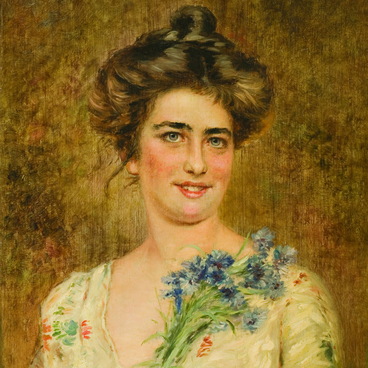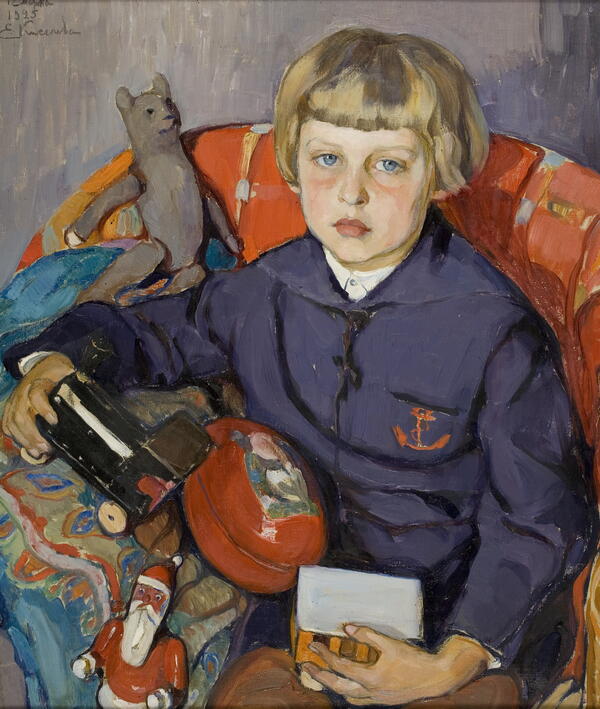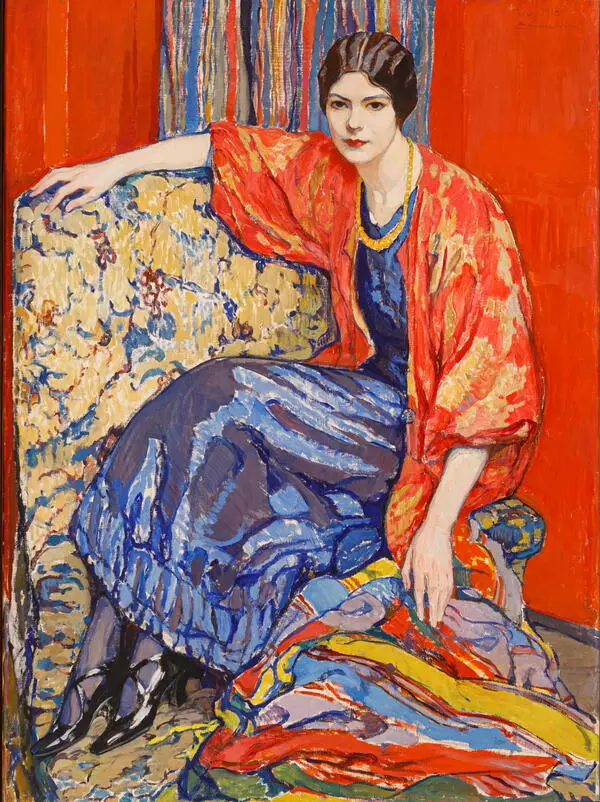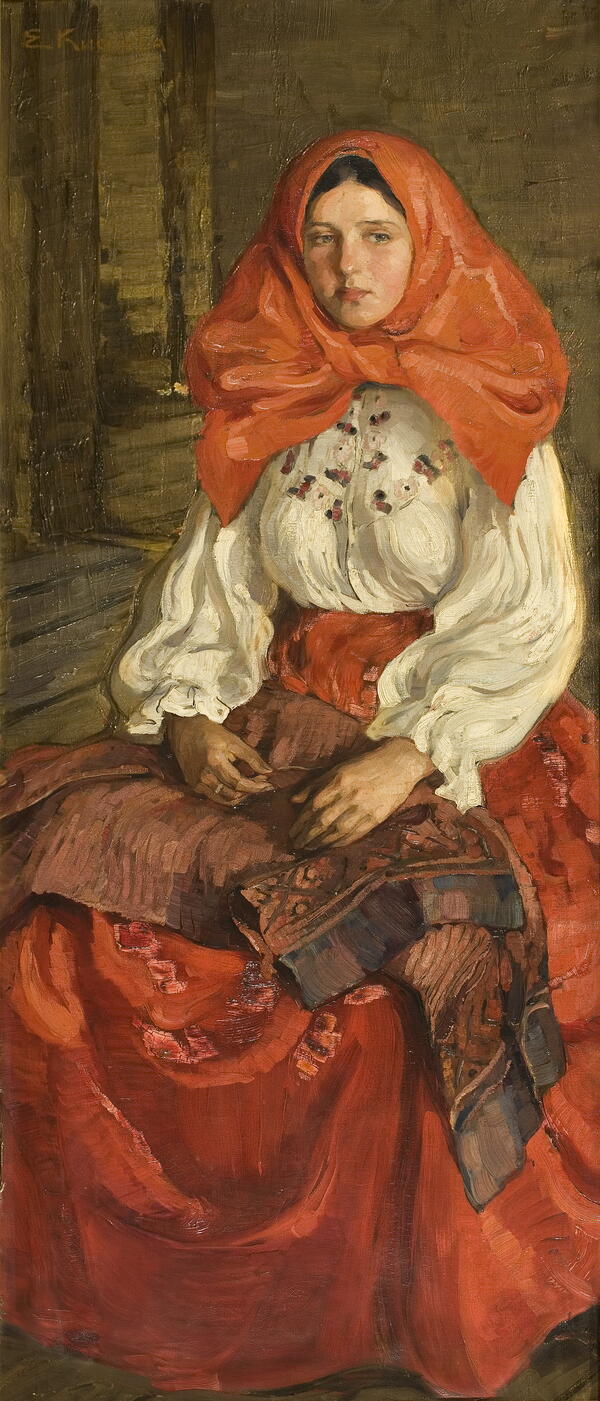The art collection of the outstanding Russian artist Elena Kiseleva is most fully represented in her native city, in the Voronezh Regional Art Museum named after Ivan Kramskoy.
The 1910s are considered the most successful and fruitful period for Elena Andreevna, a student of Ilya Repin. During that time, the following paintings were created: “Marusya, ” “Sandy, ” “Portrait of Lyubov Brodskaya, ” “Model With a Green Vase, ” “Blanche” and others.
A special place in Kiseleva’s work was occupied by female portraits — vibrant, with original composition and complex coloristic work. The painting “The Artist With a Green Vase. Self-portrait” is created on cardboard in an impressionistic manner. This is a sophisticated shoulder length portrait of a woman who looks thoughtfully and seriously at the viewer through the mirror. Kiseleva did not attach importance to psychologism in her portraits — above all, she was interested in the aesthetic component.
The face in the self-portrait is partially illuminated from the side, as in Dutch paintings — for example, by Jan Vermeer or Rembrandt. The illuminated part is painted with impasto strokes, which, as the researchers note, seem to become the physical personification of light. The unlit part remained an under-painting. In some places, the paint layer is scratched — perhaps with a brush stalk. The workshop seems to be filled with a light haze, in which everything partially dissolves and acquires a languid mood. A combination of such techniques creates a subtle play of light and shadow and a glow appears from inside the portrait.
Most of Kiseleva’s portraits depict a dense and complex background in color and composition, but at the same time it never distracts the viewer from the heroes of the paintings. Art historians note that in her painting, Elena Andreevna masterfully combined completely different colors in terms of warmth, saturation and lightness. The artist felt a subtle harmony between the colorful carpet in the background and the large green vase in the foreground.
The artist and researcher Vasily Kandinsky wrote in
the theory of color perception that each color and shape have a specific effect
on all human senses and can cause different associations. Each color moves
within a certain plane: warm colors approach the viewer, cold colors move away
from the viewer. In Kiseleva’s self-portrait, the vase moves away from us, the
artist herself remains still, as she is painted in more or less neutral tones,
and the background moves towards us from behind, neatly emphasizing the figure
of the head.






